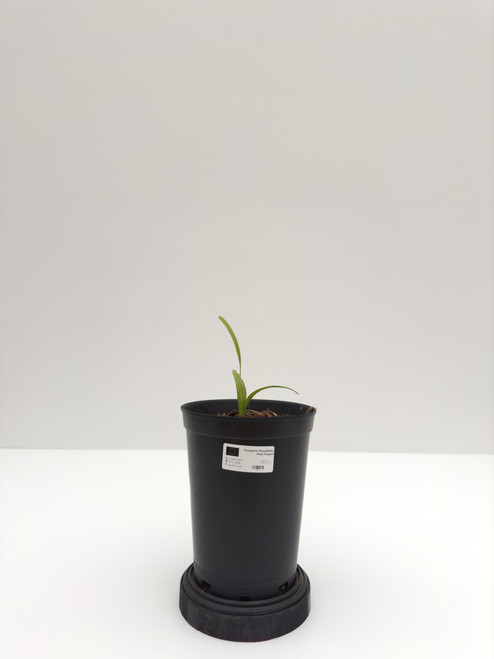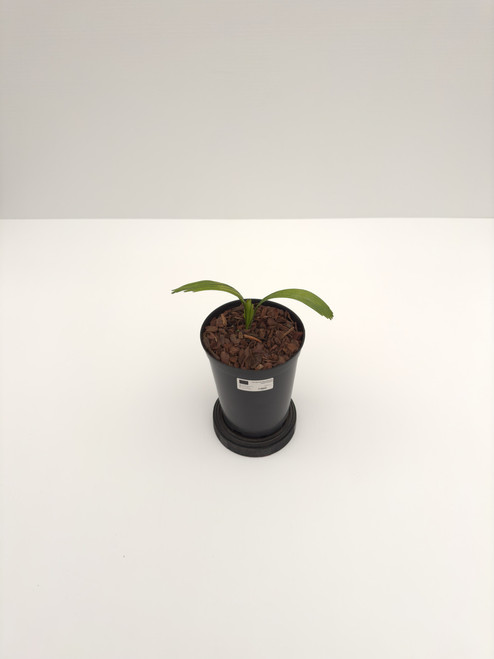Product Description
Habitat and Distribution
Andaman and Nicobar Islands, Thailand, Vietnam, Malaysia, the Philippines, Sumatra,Java, Borneo. Andaman Is., Cambodia, Hainan, Jawa, Malaya, Myanmar, Nicobar Is., and Sumatera. Habitat: Open, slightly swampy ground, lowland alluvial forest, peat and mangrove swamp forest, beach forest, primary forest. Water Loving Palm found in coastal areas.
Description
Licuala spinosa is a densely clumping palm of medium height, with slender stems and heads of circular, divided fan leaves. It is common in cultivation and may reach 3-4 m height. Known as the spiny Licuala because the leafstalk are savagely armed with many tiny, pointed spines. Trunk: Multiple, suckering, slim, 3 to 4 (or more) m tall and about 23 mm across. Crown: Dense (to 4 metres in diameter) of about 15 to 17 fan-shaped leaves. Leaves (fronds): Peltate-orbicular, dark green, about 50-65 cm long, about 80-150 cm wide, segment about 14-19, all rather the same size with squared-off ends; central segment slightly larger than rest, splitted in two (half to 5-7 cm toward leaf base), sometimes petiolulate, with about 8-14 ribs, 52-65 cm long, 20-23 cm wide. Petioles to 2 m long, margins armed with black thorn, 10-20 mm near base, 5-10 mm toward apex, green to yellow brownish; spines along whole length of petiole, triangular largest near base. Sheaths disintegrating into coarse reticulate fibers with dark brown colours. Inflorescences: Upright to pendulous from among the leaf bases, longer than leaves, extend above the crown, with 7-9 partial inflorescences, about 1.5-3 m long, branching to two orders. Flowers: Solitary or in group of 2-4, sessile, densely arranged, cincinni 5-10 per cm, maturing not simultaneously; bud about 4-5 x 2.5-3 mm; Fruit: Globose about 6.5-8.5 long, 6-8 mm in diameter, glabrous, smooth, immature fruit green and orange to red when mature. Seed: Globose, smooth, about 4-6 mm across. (Llifle.com)
Culture
"This differs markedly from the typical Licualas, in that its cold tolerant, and prefers full sun. It is also like lots of water, and is usually very happy in poorly drained areas". (Mike Gray) Tropical Moist Forest, Cold Hardiness Zone: 9b+
Comments and Curiosities
Uses: Ornamentals, and decorations, roofing, food-wrappers, walking sticks, binding, making hats, and eaten as vegetables.
One of the most robust species of Licuala, this palm from coastal areas is widespread in south-east Asia. It is fast growing and does well in subtropical and tropical areas. Unlike most other Licuala, it can take full sun and considerable coastal exposure.(RPS.com)









